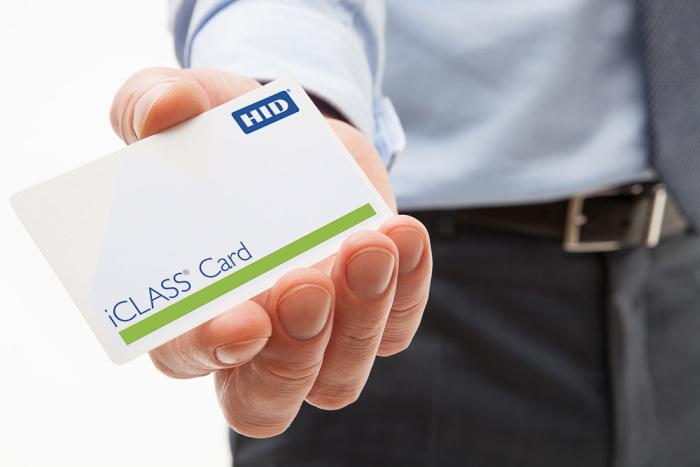Choosing Proximity or Smart Cards
February 19 2019

You know you need secure access control in your facility or office building, but you're not sure how to decide between a proximity or smart card. Which will better meet your security needs, be easy for employees and others to use, and fit in your budget? We help you answer those questions in this article.
Proximity Cards (AKA Contactless Cards)
Proximity cards, or prox cards, use RFID (Radio Frequency Identification) technology to transmit an identification code plus a building or site code to a reader. The information on a prox card activates and transmits when it comes within close proximity of a card reader. The beauty of this system for your secure access control needs is that the card need not come in contact with the reader for you to grant or deny access.
A regular, low frequency prox card uses an open format for its data. This means it's easy for just about any system to read the cards, but also leaves your cards vulnerable to being easily copied. If strong security is your priority, you may need to look at smart cards instead.
Smart Cards
Smart cards have a small microprocessor on board that lets them not only store identification information but encrypt and decrypt data. This functionality makes them much more secure than an open formatted prox card. For example, a smart card can use two-way technology to authenticate the cardholder, making it much more difficult to copy or forge a new card.
They can also hold other information like payment data and more, making them highly useful and even expandable in the future. One drawback is that smart cards usually need to get in closer range than a proximity card for your system to read them.
Combination Smart/Prox Cards
You can also get a card that combines the convenience of a proximity card and the security of a smart card. For example, the HID iClass plus prox card uses both technology in a single card. Especially if you have legacy proximity card technology such as readers, a combination card would let you use existing equipment while upgrading to a more functional card.
What's the Right Choice?
It might seem overwhelming to choose between these two technologies, but one offers a clear, highly secure option over the other.
If security is your focus for an access control system, a smart card is more secure than a proximity card. However, if security is important, but you also need to move many people through your security system, a proximity card is quicker to use.
Finally, let's say you already have a system in place and you need better security and convenience, but the budget is a big concern. Consider marrying a combination proximity card/smart card to your current system to take advantage of the equipment you already have with the beefed up security a smart card offers.
Final thoughts
So many options mean it's hard to decide, but it doesn’t have to be. Contact one of our professional Security Experts at Idesco to discuss your needs. We'll help guide you to the perfect system that covers your security issues, what kind of access control services you see in the future, and your budget constraints. We help companies just like yours achieve their security goals now and in the upcoming years on today's budget.
Add New
Comments
no comments found